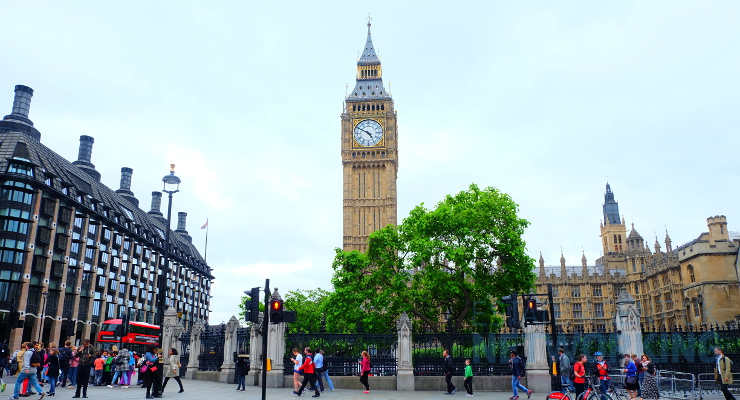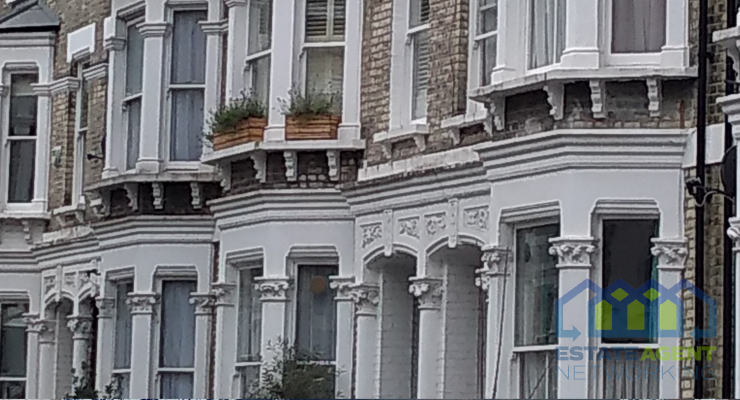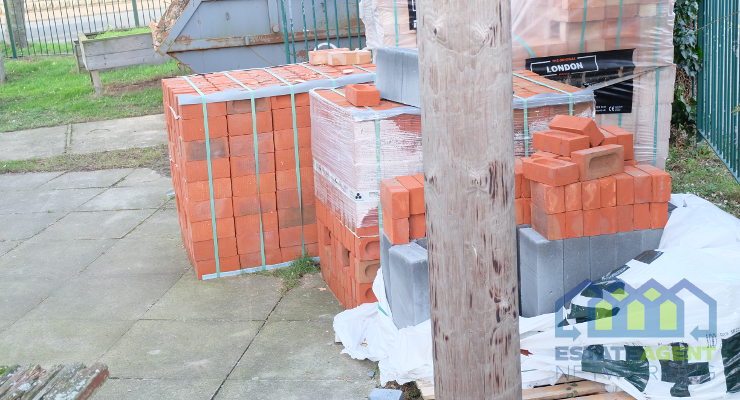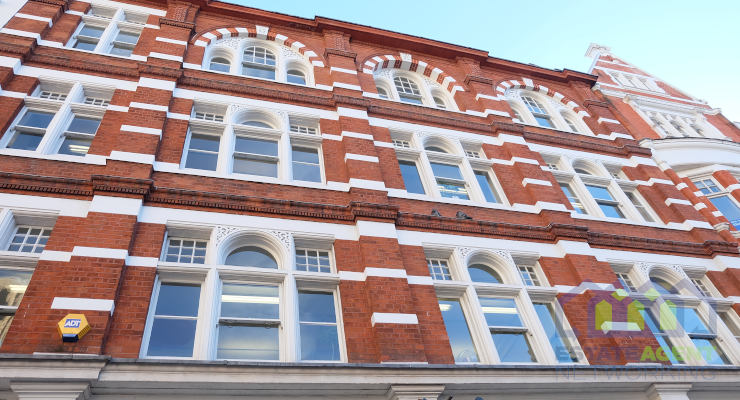Picking up the bill: The huge stamp duty penalties paid by Londoners compared to the rest of the market.
Recently released data for the first and second quarter for Stamp Duty Land Tax (SDLT) receipts shows that – overall – transactions that triggered SDLT on residential properties over £40,000 increased from Q1 to Q2 this year, having picked up in every category with the exception of transactions of £2 million and over.
With that in mind, independent lettings and sales agent Benham and Reeves looked at regional stamp duty data from 2008-2018 and the result is a revealing and rather stark contrast between that paid by Londoners and everywhere else.
For example, the total 125,000 residential property transactions in London in 2018 accounted for just 11.3% of the overall total (1,106,000), however, SDLT paid by London home buyers in that time totalled £3.6bn, a disproportionate 39.2% of the £9.2bn worth of SDLT receipts across the nation as a whole.
This is a financial penalty that has grown over time despite a reduction in transactions as a result of market uncertainty. The latest data shows that transactions in London have dipped by -33% in the last decade from 186,000 in 2008 to 125,000 in 2018. However, even with prices dropping in recent months the amount paid in stamp duty by London home buyers has jumped 86.4% in the last decade from £1.9bn to £3.6bn!
To put this into perspective, the next largest SDLT bill paid last year was in the South East at over £1.9bn. While this still accounted for 21.5% of the total bill nationwide, it is almost half that paid by London despite the South East accounting for the highest level of transactions at 16.1%.
The North West accounted for the second largest percentage of transactions last year (12.3%), but paid just the fifth largest amount into the stamp duty pot at 4.9%.
Finance Director of Benham and Reeves, Vidhur Mehra, commented:
“Stamp duty is a tax penalty disproportionately aimed at London. Despite representing approximately just 1.3% of England’s landmass, the capital is responsible for one-third of all property taxes by way of stamp duty.
This is not just because London is home to the highest property prices in the nation, but also because at higher values the levy is now designed to penalise that sector harder in relative terms.
Stamp duty is not only an outdated, archaic practice but a tax on aspiration, choking the upwardly mobile who happen to live where many of the best jobs and transport infrastructure are provided.”
|
Year →
|
2018
|
||||
|
Location / regions ↓
|
Number of transactions (thousands)
|
Percentage of All Transactions
|
Stamp Duty Receipts (£ millions)
|
Percentage of All Receipts
|
Estimated property value (£millions)
|
|
London
|
125
|
11.3%
|
£3,635
|
39.2%
|
£73,100
|
|
South East
|
178
|
16.1%
|
£1,995
|
21.5%
|
£64,095
|
|
East of England
|
120
|
10.8%
|
£1,025
|
11.1%
|
£38,340
|
|
South West
|
121
|
10.9%
|
£815
|
8.8%
|
£33,500
|
|
North West
|
136
|
12.3%
|
£455
|
4.9%
|
£25,465
|
|
West Midlands
|
103
|
9.3%
|
£400
|
4.3%
|
£22,065
|
|
East Midlands
|
96
|
8.7%
|
£330
|
3.6%
|
£19,280
|
|
Yorkshire and The Humber
|
100
|
9.0%
|
£310
|
3.3%
|
£18,465
|
|
Wales
|
56
|
5.1%
|
£160
|
1.7%
|
£9,845
|
|
North East
|
44
|
4.0%
|
£105
|
1.1%
|
£7,125
|
|
Northern Ireland
|
27
|
2.4%
|
£45
|
0.5%
|
£3,775
|
|
England
|
1,023
|
92.5%
|
£9,070
|
97.8%
|
£301,440
|
|
Total
|
1,106
|
£9,275
|
£315,060
|
||
|
Year →
|
2008
|
||||
|
Location / regions ↓
|
Number of transactions (thousands)
|
Percentage of All Transactions
|
Stamp Duty Receipt (£ millions)
|
Percentage of All Stamp Duty Receipts
|
Estimated property value (£millions)
|
|
London
|
186
|
13.4%
|
£1,950
|
30.8%
|
£68,460
|
|
South East
|
225
|
16.2%
|
£1,445
|
22.8%
|
£60,470
|
|
East of England
|
150
|
10.8%
|
£680
|
10.7%
|
£33,950
|
|
South West
|
138
|
9.9%
|
£655
|
10.3%
|
£31,530
|
|
North West
|
169
|
12.2%
|
£370
|
5.8%
|
£26,615
|
|
West Midlands
|
119
|
8.6%
|
£315
|
5.0%
|
£20,685
|
|
East Midlands
|
110
|
7.9%
|
£265
|
4.2%
|
£18,325
|
|
Yorkshire and The Humber
|
126
|
9.1%
|
£260
|
4.1%
|
£19,830
|
|
Wales
|
65
|
4.7%
|
£135
|
2.1%
|
£10,390
|
|
North East
|
64
|
4.6%
|
£100
|
1.6%
|
£9,095
|
|
Northern Ireland
|
33
|
2.4%
|
£155
|
2.4%
|
£7,620
|
|
England
|
1,289
|
92.9%
|
£6,040
|
95.4%
|
£288,960
|
|
Total
|
1,387
|
£6,330
|
£306,970
|
||









